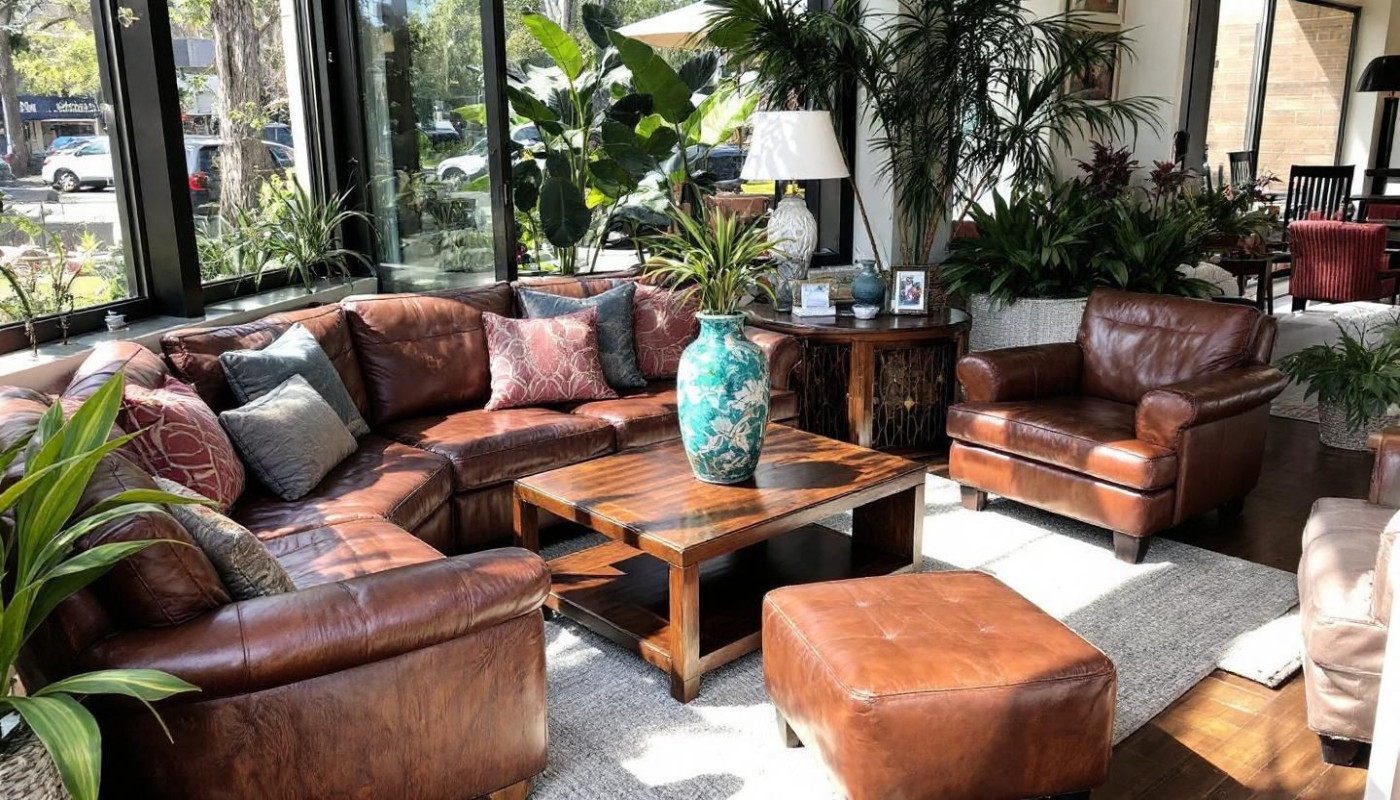Table of contents
There is an undeniable charm in simplicity. This notion has seen the rise of the minimalism trend, a design philosophy that is fast becoming popular worldwide, especially when it comes to home decor. The "less is more" approach presents itself as a refreshing contrast to clutter and excess, advocating for thoughtful purchases and intentional living spaces. It's about stripping down your surroundings to their fundamental elements while still achieving beauty, functionality, and comfort with less. This article delves into this intriguing concept of minimalist decorating and offers some practical tips on how you can embrace its principles to create balanced and serene interiors within your own home.
The Essence of Minimalist Decor
Delving into the heart of minimalist decor, one is met with an approach that is not just aesthetic, but also a statement of lifestyle. The central thought behind the concept can be encompassed in the term 'minimalist decor meaning', which implies a style characterized by simplicity, functionality, and intentionality. These core principles of minimalism form the foundation of this trend, injecting every piece of decor with purpose and meaning.
The first tenet, 'simplicity in decoration', calls for the elimination of excess, favoring a clean, uncluttered environment that brings out the inherent beauty of each individual piece. It emphasizes the quality of the materials used, the subtle elegance of the design, and the harmonious balance between the different elements in a space.
The second principle, 'functional minimalist designs', dictates that every item in a space must serve a purpose - either practical or aesthetic. This eliminates needless clutter and promotes an atmosphere of tranquility and order, making the space more livable and inviting.
The third, and perhaps the most impactful, is 'intentional living'. This principle encourages thoughtful decision-making about what to include or exclude in a space, fostering mindfulness and conscious consumerism.
Notable figures in the field of architecture and design, such as the renowned German architect, a pioneer of modernist architecture, have been ardent advocates of this trend. They championed the 'less is more' approach, their powerful designs serving as a testament to the enduring appeal of minimalist decor.
Why Choose Minimalist Decor?
There are numerous compelling reasons to select a 'minimalist decor' approach for your home or office. The primary benefit of minimalist decor lies in its ability to create a decluttered, serene environment. By eliminating excess furnishings and decorations, you can focus on the essentials, leading to a 'peaceful living space' where you can unwind and relax. Moreover, a 'minimalistic office setup' promotes productivity by reducing distractions. Minimalist decor is not only aesthetically pleasing but also 'cost-effective'. By choosing to invest in fewer but high-quality pieces, you can save money in the long run. A noteworthy aspect to mention is the 'decluttering benefits' associated with this approach. It is not merely about physical decluttering but mental decluttering as well. Recent studies have indicated a positive correlation between minimalist decor and improved mental health, further supporting the minimalist decor trend. In essence, minimalist decor leads to a less chaotic, more harmonious living and working environment.
Pulling off the Minimalistic Look
When it comes to 'achieving a minimalistic look', the key lies in the fine balance between simplicity and style. One primary aspect in achieving this balance is the 'neutral color palette'. A 'monochromatic scheme', predominantly using shades of white, grey, and earthy tones, can help create a sense of calm and spaciousness. Though the use of color is limited, it is not restricted, and unexpected pops of color can add an interesting twist to your decor.
The 'importance of light play' cannot be overstated in a minimalist setting. The strategic use of lighting can highlight the key pieces, create a warm ambiance, and enhance the overall aesthetic of a room. Natural light is always preferred, but the use of lamps and fixtures can also create a dramatic effect.
A vital aspect of 'creative minimalism' lies in the 'furniture choice'. Opting for sleek, functional pieces that serve multiple purposes can help maintain a clutter-free environment. The minimalist approach encourages less is more, so each piece of furniture should have a specific purpose and should add value to the space.
In conclusion, achieving a minimalist aesthetic is not about eliminating the personal touch, but rather about creating an organized, clutter-free space that is both functional and aesthetically pleasing. It gives you the freedom to experiment within a framework and encourages creativity within simplicity.
Common Misconceptions About Minimalism
There are several misconceptions about minimalism, each causing a false perception of what this design philosophy truly embodies. The myth of minimalistic decor being bland or boring is a common one, often stemming from a misunderstanding of the principles that guide this style. In reality, minimalism encourages creativity within limited parameters, resulting in unique, tasteful arrangements that are anything but dull. Real-life examples of minimalistic decor, particularly those incorporating elements of unnamed Northern European aesthetics, easily debunk the bland decoration myth.
Another misconception frequently encountered is related to the cost of implementing a minimalist style. The expense-related myths suggest that adopting a minimalist decor approach is a luxury, affordable only to the wealthy. On the contrary, minimalism can be cost-effective. By focusing on quality over quantity, minimalism often results in fewer, well-chosen pieces that last longer and add value to the space, challenging perceptions of minimalism being a costly affair.
Understanding and navigating these misconceptions helps in appreciating the nuances of minimalism. This design trend promotes simplicity, functionality, and mindfulness, transforming our living spaces into serene retreats that inspire tranquillity and focus.
Similar

How Sustainable Investments In Pre-owned Luxury Furniture Shape Interiors?

How To Enhance Your Bathroom With Stylish Accessories And Get Savings

Exploring The Benefits Of Modular Sofas For Versatile Home Layouts

Understanding The Fusion Of High Fashion And Fine Art In Home Decoration

